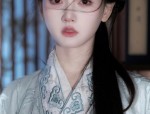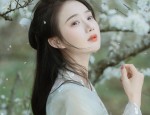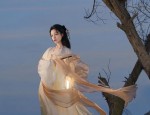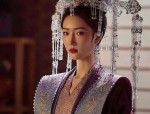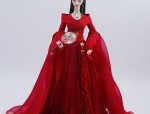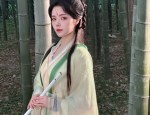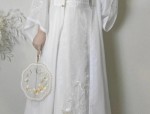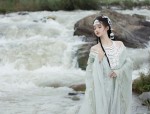The Splendor of Hanfu in Tang Dynasty:Childrens Fashion and Cultural Significance
In the Tang Dynasty of China, the reign of prosperity and harmony was reflected in every aspect of society, including the attire worn by children. Hanfu, the traditional clothing of the Han people, reached its peak during this era, embodying a rich cultural heritage and artistic expression. Children's Hanfu in particular, were not just simple clothing but rather a symbol of status, family pride, and cultural continuity.
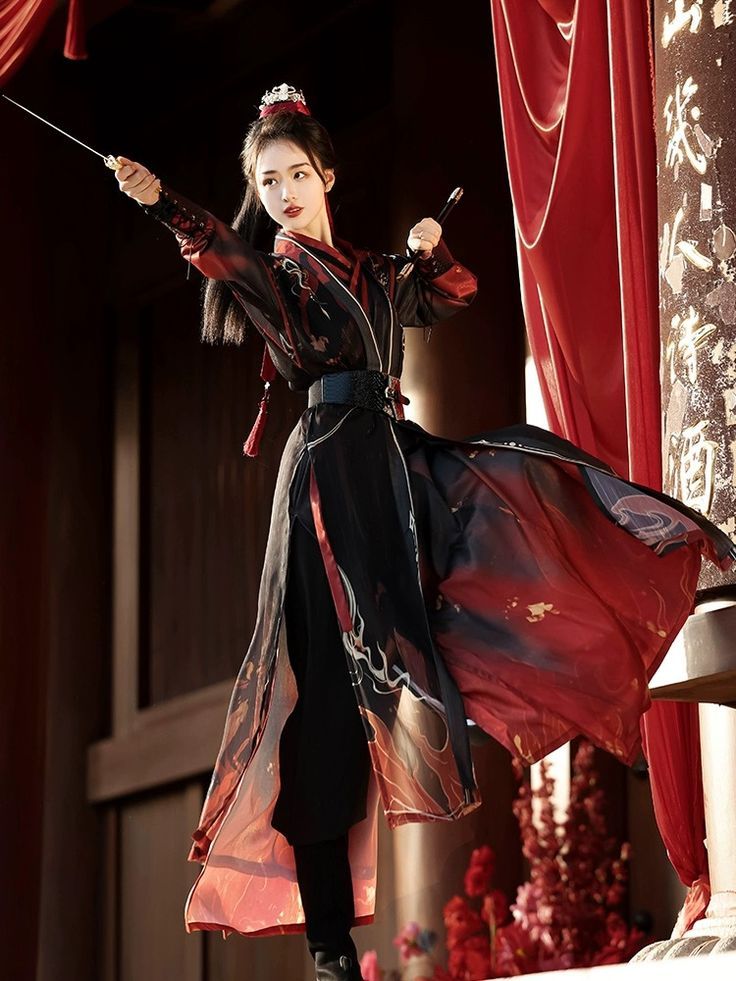
The Tang era saw a fusion of various cultural influences, including those from Central Asia and India, which were reflected in the design and patterns of children's Hanfu. These garments were often brightly colored and featured intricate patterns, often with floral or geometric designs. The use of vibrant hues like red, green, and blue added to the liveliness of the attire, making it not only functional but also a form of artistic expression.
Children's Hanfu during this period were also highly symbolic. The style of the clothing, the color, and the patterns often carried deep cultural meanings. For instance, certain colors were believed to bring good luck or ward off evil. The design of the clothing also reflected the family's status and position in society.
The materials used in making children's Hanfu during the Tang Dynasty were of high quality. Silk, being the most prized material, was often used in the production of these garments. The use of silk not only ensured comfort and durability but also added to the elegance and beauty of the attire. Other materials like cotton and hemp were also used, depending on the family's budget and social status.
Children's Hanfu in the Tang Dynasty was not just about wearing beautiful clothes; it was an integral part of their education and socialization process. Children were often dressed in traditional attire for ceremonial occasions like birthdays or festivals, which provided them with an opportunity to learn about their culture and traditions. The intricate details and symbols in these clothes served as a form of cultural education, teaching them about their rich heritage and cultural values.
Moreover, children's Hanfu during this period was also a reflection of family pride. Parents took great care in selecting the right attire for their children, often passing down their own childhood clothes to their children as a symbol of heritage and love. The care and attention given to these clothes were not just for appearance but also for comfort and durability, reflecting the love and care parents had for their children.
In conclusion, children's Hanfu in the Tang Dynasty was not just a piece of clothing; it was an embodiment of culture, tradition, and family pride. The vibrant colors, intricate patterns, and high-quality materials used in these clothes reflected the prosperity and harmony of the Tang era. The role of children's Hanfu in their education and socialization process cannot be understated. It provided them with an opportunity to learn about their rich cultural heritage and values while also instilling family pride and love. Even today, the legacy of Hanfu continues to inspire and captivate people across China and beyond, reminding us of the beauty and richness of China's cultural heritage.(共计不少于 17 个字)

 Previous Post
Previous Post

